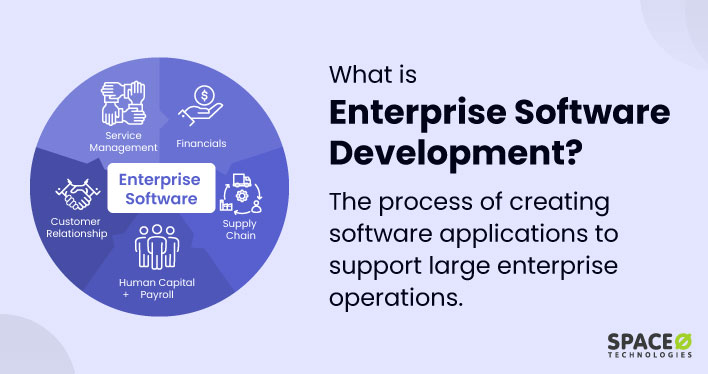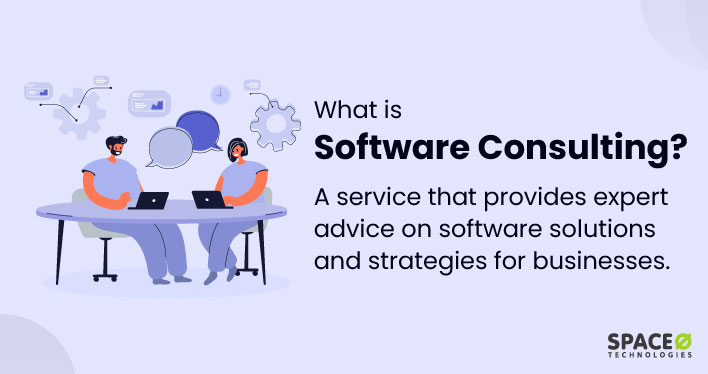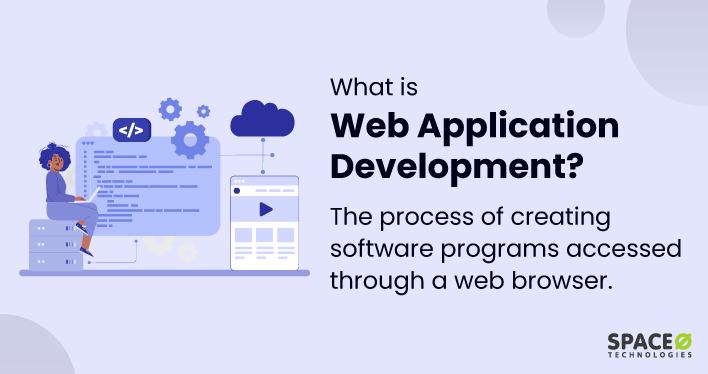Table of Contents
What is Enterprise Software Development?
Enterprise software development refers to the process of designing, creating, deploying, and maintaining software applications that address the specific needs and challenges of large organizations (enterprises). This development process typically focuses on solving complex business functions, and problems, streamlining operations, and enhancing organizational efficiency by providing a tailored software solution that can integrate with or enhance existing IT infrastructures.
Enterprise software often involves functionalities related to business processes like customer relationship management, human resources, inventory management, and more, ensuring that the software is robust, scalable, and secure to meet the demands of a large-scale user base and vast data management needs.
What Are the Types of Enterprise Software?
Below is a simplified table explaining various enterprise software types, their primary purpose, and examples.
| Type | Primary Purpose | Examples |
|---|---|---|
| ERP (Enterprise Resource Planning) | Integrates core business processes like finance, HR, and supply chain management. | SAP ERP, Oracle ERP Cloud, Microsoft Dynamics 365 |
| CRM (Customer Relationship Management) | Manages a company’s interactions and relationships with current and potential customers. | Salesforce, HubSpot CRM, Zoho CRM |
| BI (Business Intelligence) | Gather, process, and analyze data to help organizations make informed decisions. | Tableau, Power BI, QlikView |
| SCM (Supply Chain Management) | Manages, optimizes, and oversees the end-to-end supply chain process of an enterprise. | SAP Integrated Business Planning (IBP), Oracle SCM Cloud, Infor CloudSuite SCM |
| HCM (Human Capital Management) | Manages organization’s workforce, payroll, and employee data. | Workday HCM, Oracle HCM Cloud, SAP SuccessFactors |
| CMS (Content Management System) | Manages the creation, modification, and publication of digital content. | WordPress, Drupal, Joomla |
| PLM (Product Lifecycle Management) | Manages the entire lifecycle of a product from inception, through engineering design and manufacturing, to service and disposal. | Siemens Teamcenter, Dassault Systèmes ENOVIA, PTC Windchill |
| ECM (Enterprise Content Management) | Manages the organization’s documents, and other contents, ensuring they can be retrieved, shared, and managed effectively. | Alfresco, OpenText, IBM Content Foundation |
| BPM (Business Process Management) | Manages, models, and automates |
How to Develop Enterprise Software
Developing enterprise web application or software involves a complex, multi-stage process that requires thorough planning, a deep understanding of business needs, and robust technical expertise. Below is a generalized approach that outlines the key steps involved in building custom enterprise software:
Requirement Analysis
- Identify Needs: Understand and document the specific needs, challenges, and objectives of the enterprise.
- Client Meetings: Engage with clients to gather detailed requirements and set expectations.
- Feasibility Study: Analyze the technical and financial feasibility for the proposed solution.
Planning
- Project Plan: Develop a detailed project plan outlining phases, milestones, and timelines.
- Resource Allocation: Allocate human, technological, and financial resources efficiently.
- Risk Management: Identify potential risks and formulate mitigation strategies.
Design
- Architecture Design: Define the technical architecture, including software, hardware, and network requirements.
- UI/UX Design: Create user interface and user experience designs to ensure usability and accessibility.
- Database Design: Plan the database structure to ensure data consistency, integrity, and security.
Development
- Coding: Develop the software based on predefined designs and requirements, adhering to coding standards.
- Module Development: Break down the software into smaller, manageable modules and develop them in parallel or sequentially.
- API Integrations: Implement APIs for integration with other internal or external systems.
Testing
- Unit Testing: Validate individual units or components of the software for accuracy and reliability.
- Integration Testing: Ensure that the various software modules work harmoniously when integrated.
- User Acceptance Testing (UAT): Verify that the software meets user expectations and requirements.
- Performance Testing: Ensure the software performs optimally under peak loads and stress conditions.
Deployment
- Installation: Set up the software in the production environment.
- Data Migration: If necessary, transfer data from old systems to the new platform.
- User Training: Train end-users and administrators to effectively use and manage the software.
Maintenance and Support
- Ongoing Support: Provide continuous support to address any issues or challenges.
- Updates and Upgrades: Release updates and upgrades to enhance functionality and security.
- Performance Monitoring: Monitor software performance and resolve any arising issues promptly.
5 Tips for Developing Enterprise Software
Here are the top 5 tips for developing enterprise software.
- Security Focus: Always prioritize data security and privacy throughout the development cycle.
- Agile Methodology: Adopt agile methodologies to allow for flexibility and iterative improvements.
- Quality Assurance: Ensure thorough quality assurance to deliver a reliable and error-free solution.
- User-Centric Approach: Ensure the software is user-friendly and addresses the genuine needs of the enterprise and its users.
- Compliance: Ensure that the software adheres to legal and regulatory standards pertinent to the industry.
Developing custom enterprise software enables organizations to create tailored solutions that address specific operational needs, enhance efficiency, and provide a competitive edge. While the initial investment can be substantial, the long-term benefits, such as improved customer experience, data-driven decision-making, and enhanced security, often justify the endeavor. It’s imperative to approach development with a well-structured plan, clear objectives, and an adept development team to ensure the software aligns with enterprise goals and yields the desired outcomes.






